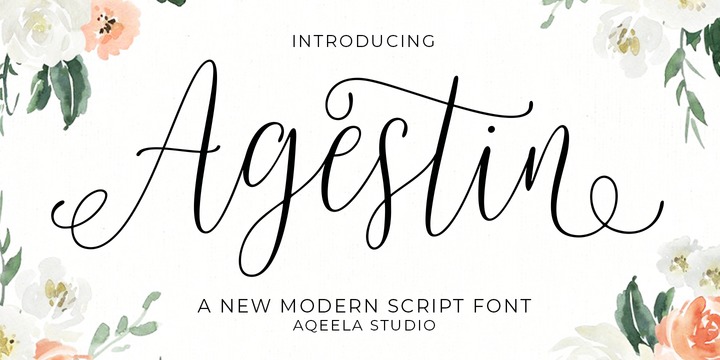

It is so different which creates it best. It also includes proportional and tabular numerals for the supported languages.Fany Leave a comment.ĪR Julian font is the perfect balance font, which creates a gentle and soft look but not too much funny. Its open and clear counters makes it suitable for low resolution devices. It is ideally suited for corporate communication, branding, packaging, and advertising design.

This typeface has an industrial look that is suited for technical implementations. Its curves are very monolinear and mechanical in forms. Its designed is a clean hybrid of Kufi and Naskh structures and is suited for titles and short runs of text. However, DIN Next may be used for any other project, and it may be used for industrial signage in any other country!ĭIN Next has been tailored especially for graphic designers, but its industrial heritage makes it surprisingly functional in just about any application. Many of the signs that use DIN are cut with routers, which cannot make perfect corners their rounded heads cut rounded corners best. Even this softening is a nod to part of DIN s past, however.

These were added by Kobayashi to make the new family even more versatile in 21st-century media. The digital version of DIN would go on to be adopted and used by designers in other countries as well, solidifying its worldwide design reputation. Nevertheless, because DIN was seen all over Germany on signs for town names and traffic directions, it became familiar enough to make its way onto the palettes of graphic designers and advertising art directors. They did not intend for the design to be used for advertisements and other artistically oriented purposes. The committee wanted a sans serif, thinking it would be more legible, straightforward, and easy to reproduce. The design was to be used on German street signs and house numbers. In the German Standard Committee settled upon DIN as the standard font for the areas of technology, traffic, administration and business. Linotype has been supplying its customers with the two DIN fonts since Recently, they have become more popular than ever, with designers regularly asking for additional weights. Akira Kobayashi began by revising these two faceswho names just mean condensed and regularbefore expanding them into a new family with seven weights Light to Black.


 0 kommentar(er)
0 kommentar(er)
